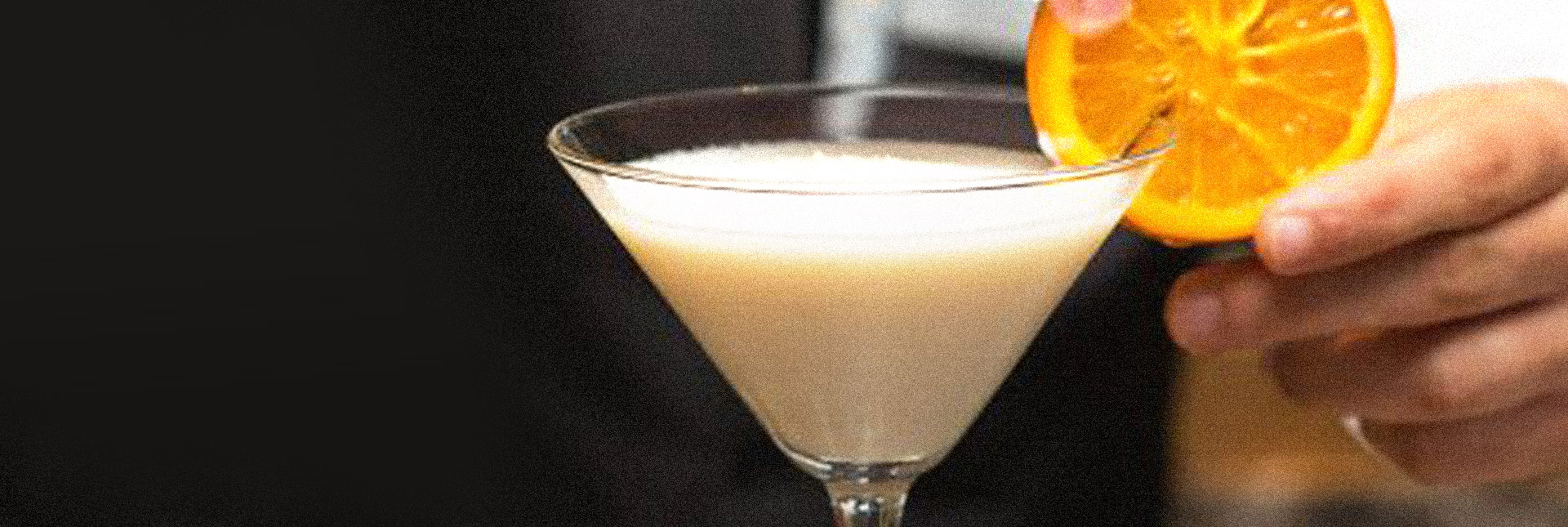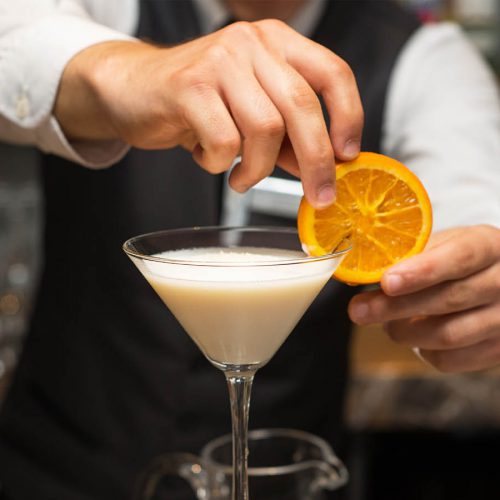Maxime Potfer, Beverage Manager at the Experimental Cocktail Club Group in Paris.
Do you remember when you first came across Dolin?
It happened in two stages. In 2011, when I started working at the bar of the Plaza Athénée, where I was aiming to learn as much as I could about spirits in order to get into mixology. In terms of vermouth, I was told about Dolin, the leading French vermouth, and it immediately interested me although it was not listed at the Plaza Athénée bar. It was after I was hired at the Experimental Cocktail Club (ECC) in January 2013 that I got to explore all its aromas. The ECC has always played an influential role, especially for spirits, as Dolin does
What Doline product(s) do you have on your back bar?
The three vermouths, the white, red and dry, in virtually every establishment since the Group was created. There is also the genepi in some of its bars.
What type of cocktails do you make with Dolin? The classics or contemporary creations?
Dolin has the ability to be a good binder between certain ingredients. For classic cocktails, I have a fondness for the Adonis made from orange bitters and equal parts of Oloroso sherry and Dolin red vermouth. The acidity of this vermouth really brings out the flavors in this short drink. For Dolin dry, I’d opt for a Gibson with a Polish potato-based vodka for a richer flavor, served with an onion in brine or a pickled onion. When it comes to new cocktails, I’d go for one of my favorites "Perpette les Olivettes", made from crushed arugula, our own orgeat syrup, lime juice, black olive-infused pisco and Dolin dry vermouth which really reveals the vinosity of the pisco, the texture of the orgeat and the salinity of the olives.
Are you a fan of the recent food & cocktail pairing trend?
Cocktails are now part of French culture and are also slowly finding their place at the dining table when the alcoholic content is lowered. So far, the art of food pairing has been used to complement a dish and not in a spirit of associating the flavors between the solid and the liquid. In the future, I think we will find a balance between gastronomy and mixology. Maybe one day a bartender will create a place where the cocktail will be served within a restaurant context, by waiters in dinner jackets, on a white tablecloth, in order to shake off preconceptions and showcase all the work that goes into creating a cocktail.


